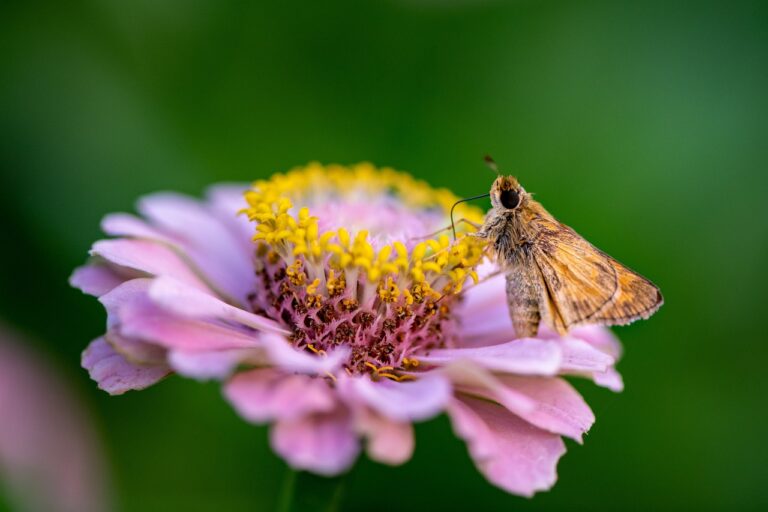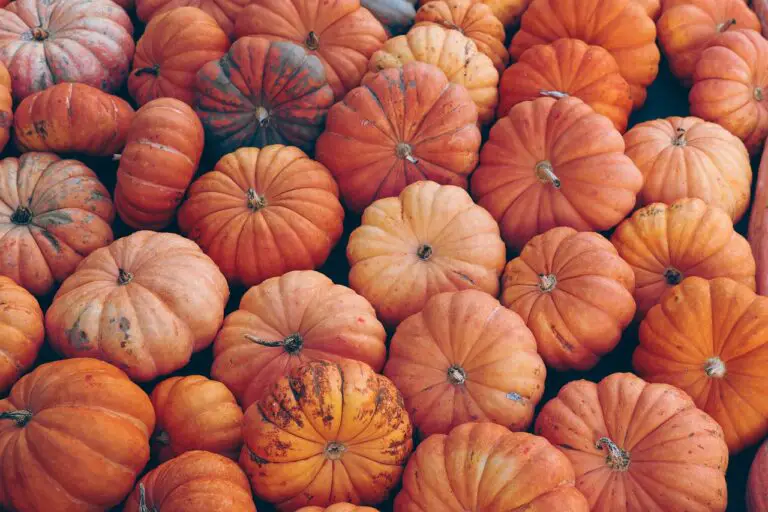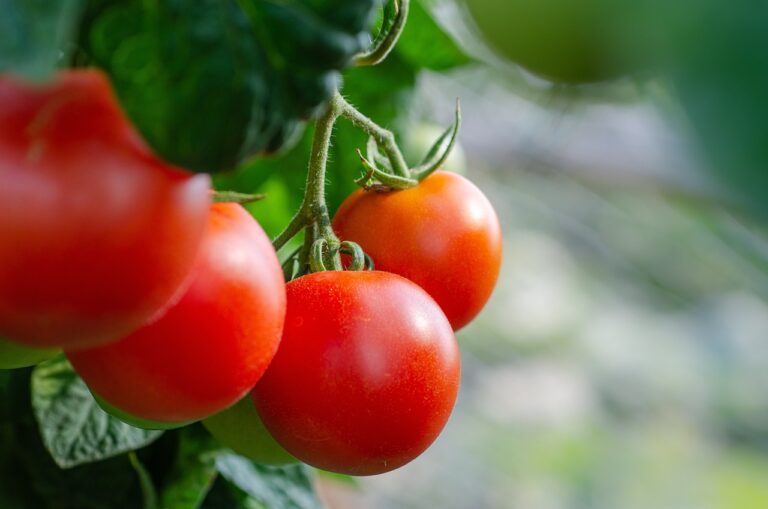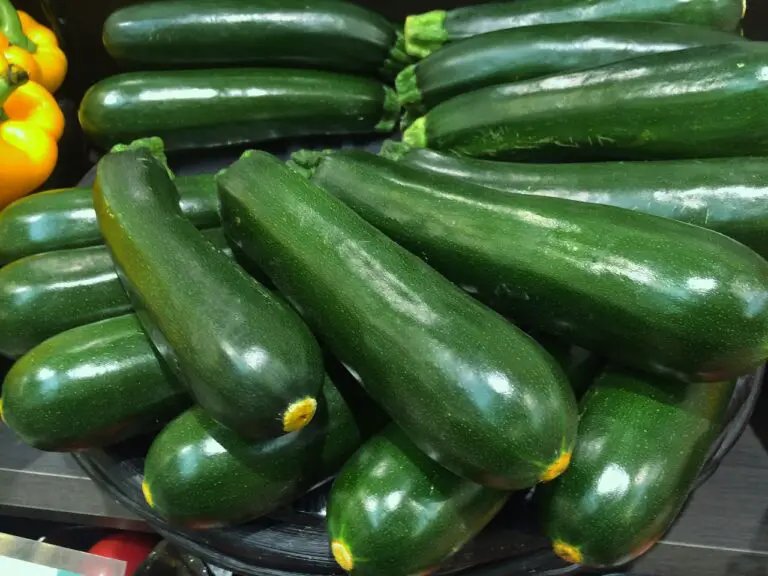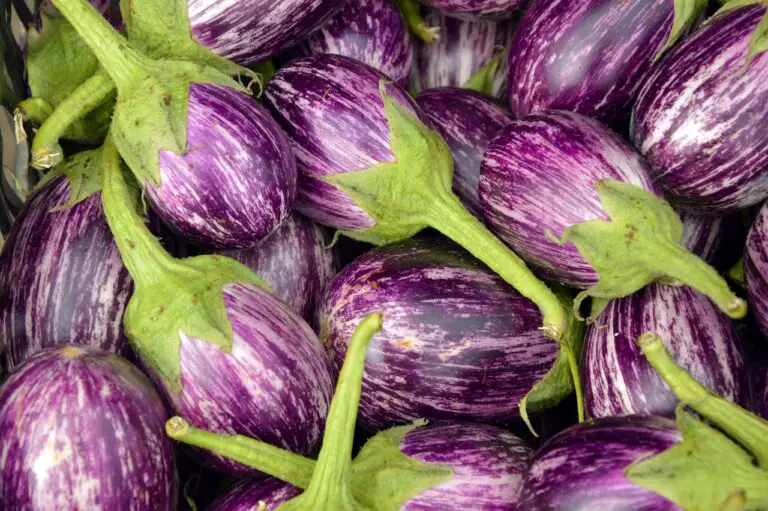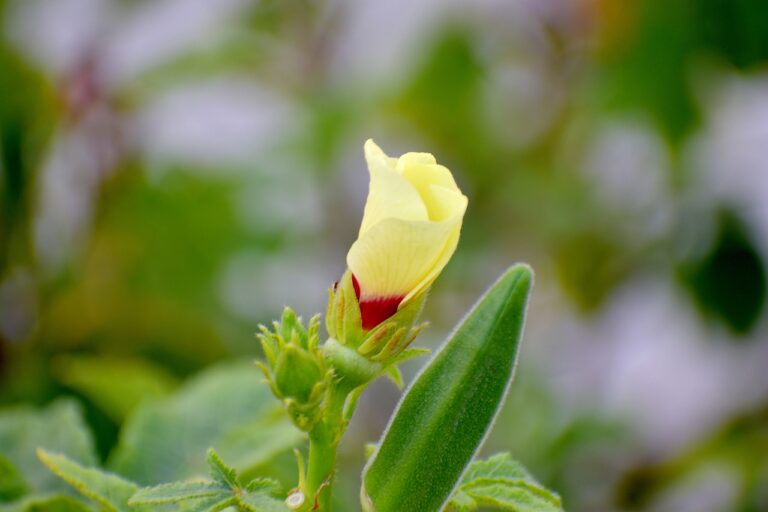10 Tips To Increase Fruit Production On Bell Peppers
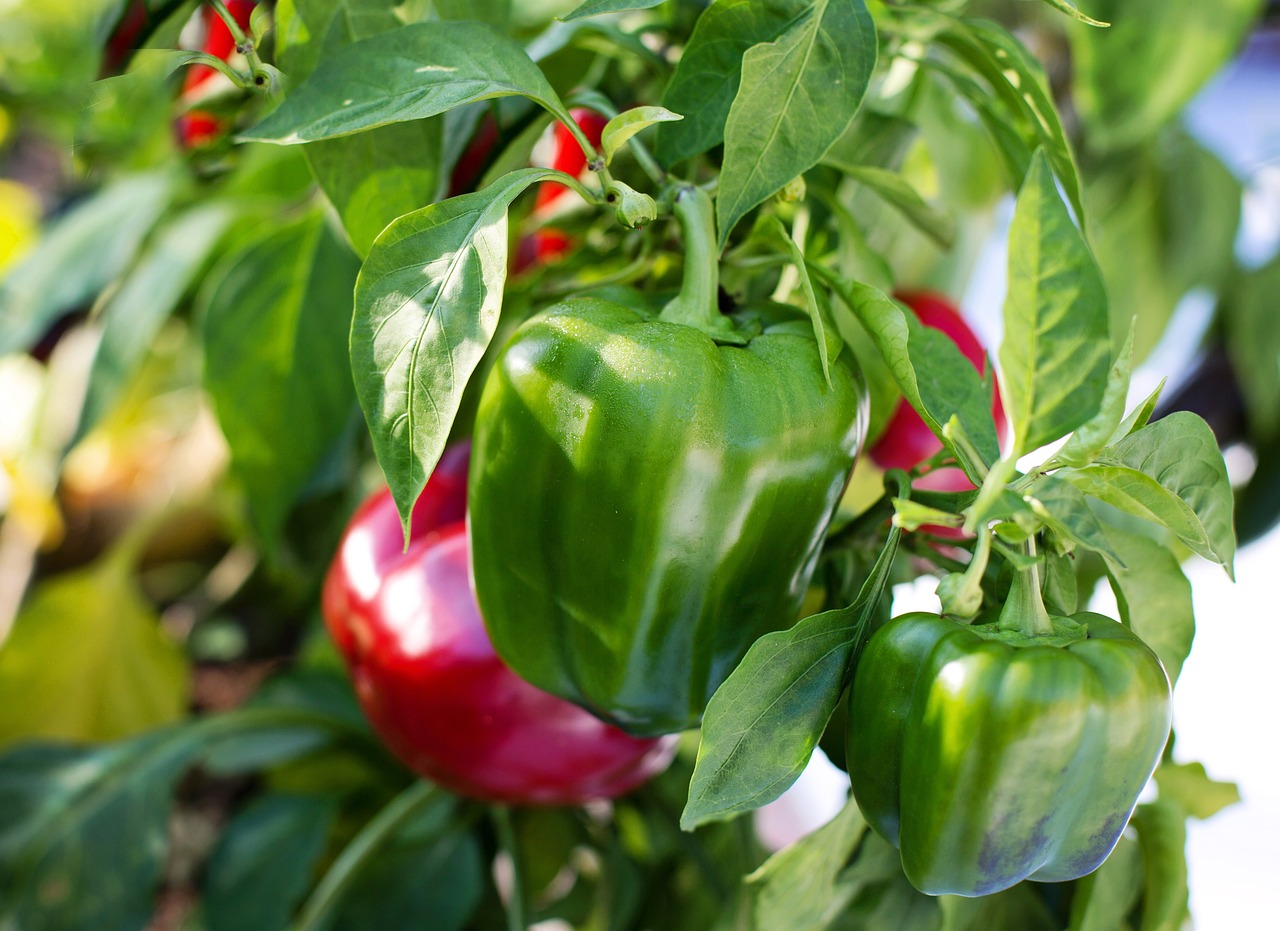
Bell peppers are not only a colorful addition to your garden but also a nutritious and versatile ingredient in the kitchen. To ensure a bountiful harvest of these vibrant vegetables, it’s essential to employ effective cultivation techniques. Whether you’re a seasoned gardener or just starting, these ten tips will guide you in maximizing your bell pepper fruit production.
10 Tips to Increase Fruit Production on Bell Peppers
1. Selecting the Right Varieties:
Choosing the appropriate bell pepper varieties for your climate and soil conditions is crucial for optimal fruit production. Some varieties are better suited for specific regions, so understanding your local climate and soil characteristics is essential. Selecting disease-resistant varieties can also contribute to a healthier and more productive pepper crop.
When selecting bell pepper varieties, consider factors such as your region’s climate, soil type, and any prevalent diseases. Disease-resistant varieties can be a game-changer in preventing potential issues, ensuring a robust and fruitful harvest.
2. Providing Adequate Sunlight:
Bell peppers thrive in full sunlight, requiring at least 6-8 hours of direct sunlight daily. Ensuring that your plants receive adequate sunlight promotes healthy growth, flower development, and, ultimately, increased fruit production.
Place your bell pepper plants in a location where they receive ample sunlight throughout the day. Consider factors such as shading from nearby structures or trees that might obstruct sunlight. Adequate sunlight not only enhances fruit production but also contributes to the overall vigor of the plants.
3. Optimizing Soil Conditions:
Well-drained and nutrient-rich soil is essential for bell pepper plants. Amend the soil with organic matter, such as compost, to improve fertility and drainage. A slightly acidic to neutral pH level (6.0-7.0) is ideal for bell peppers.
Conduct a soil test to assess the pH level and nutrient content of your soil. Amend the soil with organic matter to enhance fertility and drainage. Providing optimal soil conditions ensures that your bell pepper plants have the necessary nutrients for robust growth and fruit development.
4. Implementing Proper Watering Practices:
Consistent and adequate watering is crucial for bell pepper plants, especially during flowering and fruiting stages. Uneven watering can lead to issues like blossom end rot and misshapen fruits. Use mulch to retain soil moisture and prevent water stress.
Establish a regular watering schedule to keep the soil consistently moist, especially during hot and dry periods. Mulching around the plants helps in moisture retention and prevents water evaporation. Consistent watering is key to preventing issues like blossom end rot and promoting healthy fruit development.
5. Practicing Adequate Spacing:
Proper spacing between bell pepper plants allows for good air circulation, reducing the risk of diseases and ensuring that each plant gets ample sunlight. Overcrowding can lead to competition for resources, stunted growth, and decreased fruit production.
Follow recommended spacing guidelines for the specific bell pepper varieties you are growing. Adequate spacing promotes air circulation, reducing the likelihood of diseases. Each plant needs sufficient space to grow and receive sunlight, contributing to healthier and more productive bell pepper plants.
6. Supporting with Staking or Cage:
Tall bell pepper varieties or those with heavy fruit loads benefit from additional support in the form of stakes or cages. This prevents the plants from bending or breaking under the weight of the peppers, ensuring a more extensive and longer-lasting harvest.
Assess the growth habits and potential fruit load of your bell pepper varieties. Use stakes or cages to provide support, especially for taller varieties or those with large fruits. This practice prevents the plants from bending or breaking, promoting a more extended and productive harvest.
7. Encouraging Natural Pollination:
Bell peppers rely on pollination for the development of fruits. Encourage natural pollinators such as bees by planting bee-friendly flowers nearby. Gentle shaking of the plants can also aid in distributing pollen, enhancing the chances of successful pollination.
Create a pollinator-friendly environment by planting flowers that attract bees and other pollinators near your bell pepper plants. Additionally, gently shake the plants during the flowering stage to help distribute pollen. Successful pollination is essential for the development of healthy and abundant bell pepper fruits.
8. Applying Balanced Fertilization:
Fertilize your bell pepper plants with a balanced, slow-release fertilizer to provide a consistent supply of nutrients throughout the growing season. Avoid over-fertilization, as excessive nitrogen can lead to lush foliage at the expense of fruit production.
Choose a balanced, slow-release fertilizer specifically formulated for vegetables. Apply the fertilizer according to the recommended rates, ensuring a steady supply of nutrients for your bell pepper plants. Avoid over-fertilization, as excessive nitrogen can result in lush foliage but reduced fruit production.
9. Managing Pests and Diseases:
Regularly inspect your bell pepper plants for signs of pests and diseases. Early detection allows for prompt intervention, preventing potential damage to the fruit. Consider using organic pest control methods to minimize the impact on beneficial insects.
Monitor your bell pepper plants regularly for any signs of pests or diseases. Early intervention is crucial in preventing damage to the developing fruit. Employ organic pest control methods whenever possible to minimize the impact on beneficial insects and maintain a healthy balance in your garden.
10. Harvesting at the Right Time:
Harvest bell peppers when they reach their mature color, whether it’s green, red, yellow, or another hue depending on the variety. Leaving peppers on the plant for too long can reduce overall yield, as the plant directs energy towards ripening existing fruits rather than producing new ones.
Monitor the color of your bell peppers and harvest them when they reach their mature color. Leaving peppers on the plant for an extended period can divert energy towards ripening existing fruits instead of producing new ones. Harvesting at the right time ensures a continuous and abundant yield throughout the growing season.
Conclusion:
By implementing these ten tips, you can significantly increase fruit production on your bell pepper plants. From selecting the right varieties to practicing proper watering and harvesting techniques, each step plays a crucial role in cultivating a healthy and productive bell pepper garden. Experiment with these strategies and tailor them to your specific growing conditions to enjoy a vibrant and plentiful harvest of delicious bell peppers.

